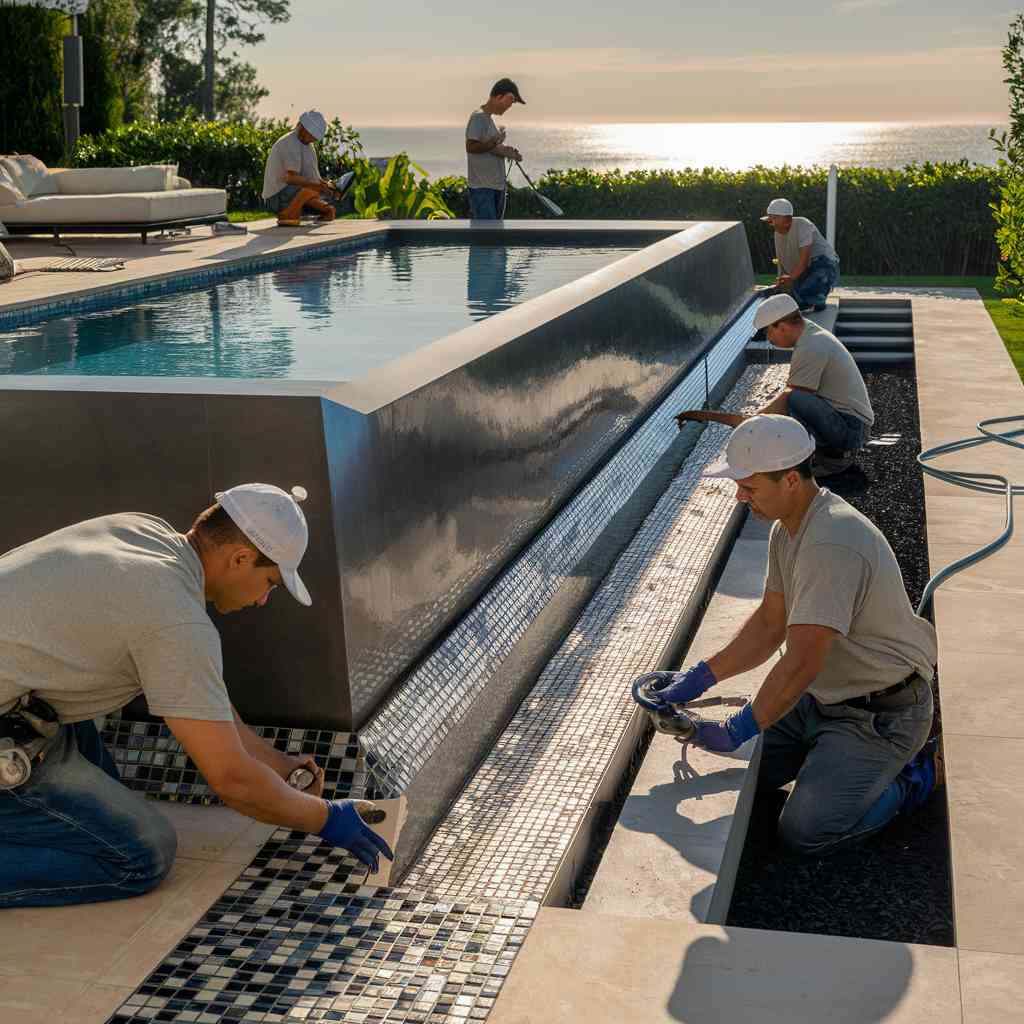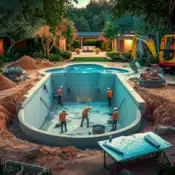Top Design Tips From Expert Inground Pool Installers

Top Design Tips From Expert Inground Pool Installers
In the realm of home improvements, the design and installation of an inground pool installer can be a complex endeavor, requiring a comprehensive understanding of not only architectural aesthetics but also the practical concerns of materials, maintenance, and usage.
Expert inground pool installers bring to the table a wealth of experience and knowledge that can transform this process from daunting to straightforward. In the following discussion, we will explore top design tips shared by these professionals, covering topics from discerning the primary purpose of your pool to selecting the most suitable materials.
This information is intended to aid homeowners in making informed decisions, thereby enhancing the longevity and enjoyment of their investment.
Understanding Your Pool's Purpose
A crucial initial step in the pool design process is to clearly define the intended purpose of your inground pool. This purpose significantly influences its size, shape, and features. Whether it's for leisure, exercise, or both, the function determines the form.
An exercise-oriented pool, for example, will likely be rectangular, allowing for laps, whereas a leisure-focused pool might include integrated seating or a jacuzzi. The purpose also influences the choice of additional features, such as diving boards, slides, or waterfalls.
Tips for Selecting Pool Materials
Navigating the labyrinth of choices for pool materials can be daunting, yet it is a critical step in creating a long-lasting and aesthetically pleasing inground pool. The selection process should be done meticulously, considering factors like durability, maintenance, cost, and aesthetics.
Concrete, vinyl, and fiberglass are popular materials, each offering unique advantages and drawbacks. Concrete, for instance, is highly durable and customizable, but requires regular maintenance. Vinyl is cost-effective and smooth to touch, but prone to punctures. Fiberglass, meanwhile, boasts easy maintenance and quick installation, yet offers limited design flexibility.
It's vital to conduct a thorough analysis of these aspects, aligning them with your specific needs and preferences, to ensure a successful inground pool installer.



